Let’s Talk About Rosacea
4 years ago by
Skincare is never a one size fits all type of scenario. With rosacea, the type of condition and treatment varies from individual to the next. It can be a frustrating and anxiety-inducing condition that has a profound impact on quality of life. To further complicate things, there are different theories as to what causes rosacea and various triggers that make it significantly worse.
So what exactly should you know about rosacea? To better understand this common skin condition, we turned to two experts: Dr. Morgan Rabach, MD, a board-certified Dermatologist, Co-Founder at LM Medical NYC and Clinical Assistant Professor of Dermatology at The Icahn School of Medicine at Mount Sinai Hospital in New York City and Dr. Macrene Alexiades, MD, PhD, FAAD, a double board-certified dermatologist in New York City and founder of Macrene Actives. Read on for what they had to say.
What Exactly is Rosacea?
Simply put, rosacea is a common inflammatory condition of the skin. It presents with flushing, broken capillaries and redness in the face. The redness can start in the nose and cheeks and slowly spread to the forehead, chin, ears, back and chest. There are actually four subtypes, depending on the signs and symptoms you present with:
– Erythematotelangiectatic (ET) rosacea – flushing, redness, visible blood vessels (broken capillaries)
– Papulopustular (PP) rosacea – swelling, redness and acne-like breakouts
– Phymatous rosacea – thickened skin with a bumpy texture, the nose in particular (This is the swollen red nose many people think are “alcoholic” noses, per Dr. Rabach.)
– Ocular rosacea – irritated and red eyes with inflammation
Dr. Alexiades also notes there is another type called granulomatous (G) rosacea that is severe and characterized by deep seated red cysts, which can lead to scarring.
How Do I Know If I Have Rosacea?
“If your skin turns and stays red and you develop broken capillaries and acne-like bumps, you likely have rosacea,” says Dr. Alexiades. “Your skin may feel inflamed or irritated. It can be bright red, usually affecting the cheeks, nose and chin.” As I was researching rosacea, one aspect I found most interesting is that out of the over 16 million Americans and 415 million people worldwide who have it, many people don’t even know it. Yet, its psychological, occupational and social effects are disruptive and can be profound if left untreated. If you have any of the following signs or symptoms, speak to your dermatologist:
Redness on the nose, chin, forehead or cheeks
Small but visible blood vessels on the face
Bumps or pimples on the face
Irritated or watery eyes
You may also notice sensitive skin, says Dr. Rabach. In general, there is “increased facial redness and red tones to the skin, increased predominance of blushing, increased flushing under certain triggers, increased redness in response to triggers and breakouts resembling acne,” she adds.
Who Gets Rosacea?
Dr. Alexiades notes that “rosacea is more common in women over 30, those with fairer skin, and people of northern and western European descent.” Although, she has personally diagnosed it in patients of every age, skin type, background and gender.
What Causes Rosacea?
The redness associated with rosacea is “triggered by histamine; excessive histamine in your blood and skin causes you to flush and blush. Foods that contain histamines or 5-HT (the precursor to histamine) include deep sea fish, eggplant, avocado, and bananas, among others,” says Dr. Alexiades. “Flushing is followed by an inflammatory response focused around the sebaceous follicles in the skin, thereby causing acne-like lesions,” she adds.
Although scientists are still looking into the causes of rosacea, several theories have emerged, one of which is that it runs in the family. In other words, people may inherit genes for rosacea. There is also a mite called Demodex folliculorum that lives on people’s skin and may contribute to rosacea. Microscopic Demodex are a natural part of the human microbiome. Studies have shown that people with rosacea have a large number of this mite on their skin. Scientists have debated whether the increased number of this mite is a cause of rosacea. Regardless, there is evidence that an overabundance of Demodex may be triggering an immune response in rosacea or that the inflammation is a result of certain bacteria associated with the mites. This theory is the reason why topical antibiotics are used, which target the Demodex folliculorum mite.
There is also a bacteria called H pylori that typically causes infections in the intestines. It’s also commonly found in people with rosacea. At this point, there is no definitive link as many people without rosacea have an H pylori infection. Some data suggests that rosacea is due to the immune system overreacting to a bacterium called bacillus oleronius. There is also a theory that a protein called cathelicidin, which normally protects the skin from infection, may cause redness and swelling. The way in which a person processes this protein may determine whether someone gets rosacea.
What About Triggers?
The first thing you should do for rosacea? Avoid triggers. A survey of 1066 patients with rosacea found that the most common trigger factors (>50%) for rosacea were sun exposure (81%), emotional stress (79%), hot weather (75%), wind (57%), heavy exercise (56%), alcohol consumption (52%) and hot baths (51%). Triggers are individual and vary from person to person. Keep a diary of daily activities so you can more easily connect them to any flare-ups you may experience.
Dr. Alexiades notes that avoiding the sun and hot weather environments and wearing sun protection is key. She also says to “avoid foods that contain histamine of 5-HT, such as eggplant, avocado, and bananas.” Although individuals with rosacea can eat these foods, it’s best to avoid eating them on a daily basis. Other triggers include red wine and for some patients with rosacea, winter can lead to a flare due to “cold winter wind outside and dry heat inside,” says Dr. Alexiades. She recommends using “lukewarm water on the face and reserve hot water for the back and torso. “You can heal yourself by avoiding the triggers,” she advises.
How Is Rosacea Treated?
Although there is no cure for rosacea, there are treatments available. Treatment is tailored for each individual since rosacea can vary significantly from one person to another and can include topical therapy, light devices and surgical interventions, and/or oral therapy. This is in addition to lifestyle modifications such as avoiding triggers as noted above, daily skincare and maintaining the skin barrier.
Treatment for rosacea focuses on calming the skin and reducing inflammation around the sebaceous follicles: Dr. Rabach notes that “sulfur washes and zinc bar washes can reduce inflammation. Topical medications like metronidazole, topical ivermectin (targeting the mites) [also] reduce inflammation. Oral antibiotics like doxycycline are used to reduce inflammation as well as an occasional topical steroid for flares.” “We also use pulse dye laser to target the increased blood vessels,” she adds.
If you’re not going in the direction of prescriptions, there are also homeopathic options. Dr. Alexiades’s company, Macrene Actives, contain “a dozen plant-derived anti-redness agents, [such as] organic plant extracts of coffee, tea, cacao, yerba mate, feverfew, chamomile, and bisabolol, ” she notes. Essentially, these are “vasoconstrictors in plant form. These natural caffeines constrict the vessels and reduce redness and puffiness,” she says. The products also contain additional anti-inflammatory plant agents like mushroom extract.
“Strict trigger avoidance for a long time will later allow you to have some of the foods and be exposed to the elements without flaring,” says Dr. Alexiades. She adds that “the underlying predisposition is there so always consider your skin as telling you something about your overall health. If your skin starts to flare, imagine what those triggers are doing to your body on the inside!” In other words, listen to your body. Adjustments like minimizing sun exposure, avoiding heat and decreasing alcohol intake make a major difference.
Are There Over the Counter Treatments?
Yes! Dr. Rabach notes that sulfur based soaps, zinc based soaps, and topical hydrocortisone cream (for flares) are available over the counter. Macrene Actives High Performance Face Cream is another option that will “calm and soothe rosacea homeopathically with 55 plant-derived active ingredients,” says Dr. Alexiades. She recommends looking for extracts of coffee, tea and cacao in the ingredients list, which have vasoconstrictive and anti-inflammatory properties.
“Avoid any topical agents containing retinoids such as retinol as this will flare and upset rosacea skin,“ she notes. “Also avoid acids such as alpha hydroxy or salicylic acids. [Additionally], oils will clog the pores in rosacea skin, causing breakouts so ensure your product is oil free,” says Dr. Alexiades. As always, check with your dermatologist before starting a new product and to come up with a treatment plan.
What Are the Emotional Implications?
Living with rosacea can lead to major quality of life issues, such as anxiety and depression, work-related problems, low self-esteem, and feelings of frustration and embarrassment. The National Rosacea Society conducted surveys which showed that almost 70% of people with rosacea reported that the condition lowered their self-confidence. Seventy percent of people with severe rosacea indicated that the disease affects their interactions at work and nearly 30% miss work. Many people report that rosacea has led them to avoid public contact and social engagements.
Dr. Alexiades notes that rosacea is also “associated with periodontitis (gum disease) and gastrointestinal disturbances such as Heliobacter pylori. It is important to have a full workup by an expert when the diagnosis is made to address underlying conditions affecting other organs.”
How About Ongoing Research?
There are new therapies targeting the Demodex mite and new therapies targeting vasodilation in the skin, says Dr. Rabach. Dr. Alexiades is currently working on a photodynamic therapy protocol for rosacea and has had some early success with radiofrequency, microneedling with PRP.
The biggest takeaway? Stay informed and do your own research so you can make sure you’re taking the right steps to address your specific condition.
References:
American Academy of Dermatology Association. Rosacea.
National Rosacea Society. Rosacea Triggers Survey.
Moustafa F, Lewallen RS, Feldman SR. The psychological impact of rosacea and the influence of current management options. J Am Acad Dermatol. 2014;71(5):973-80.
National Rosacea Society. Causes of Rosacea.

























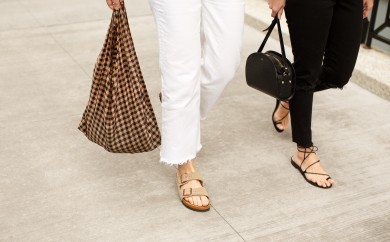
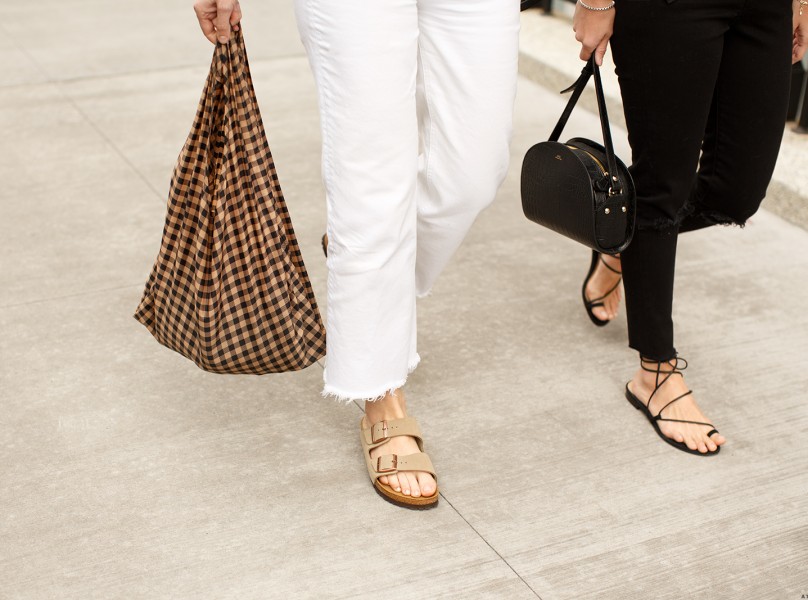















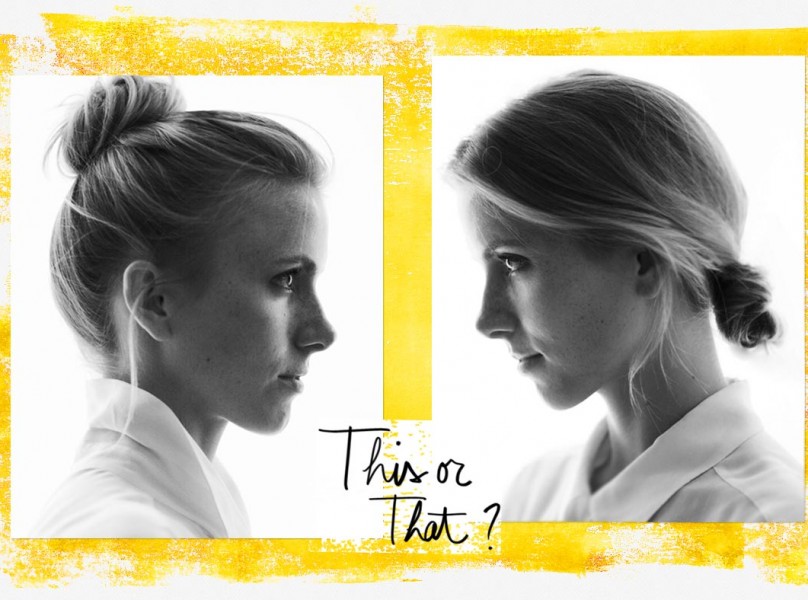
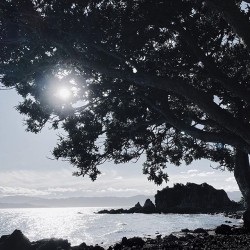


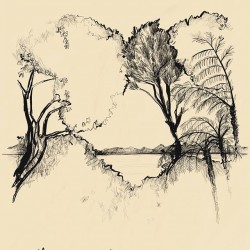


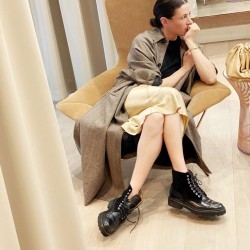

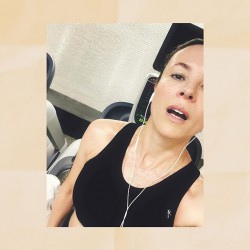
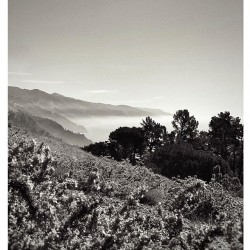
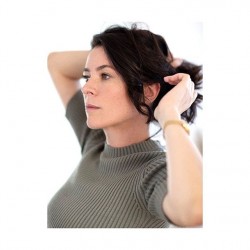
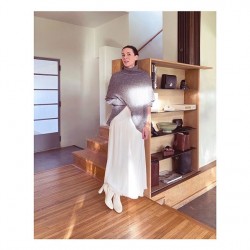
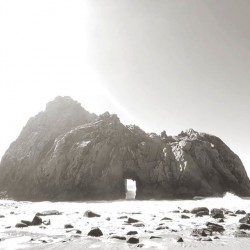
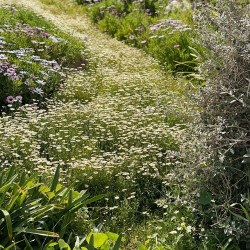


beijinhos negro offline